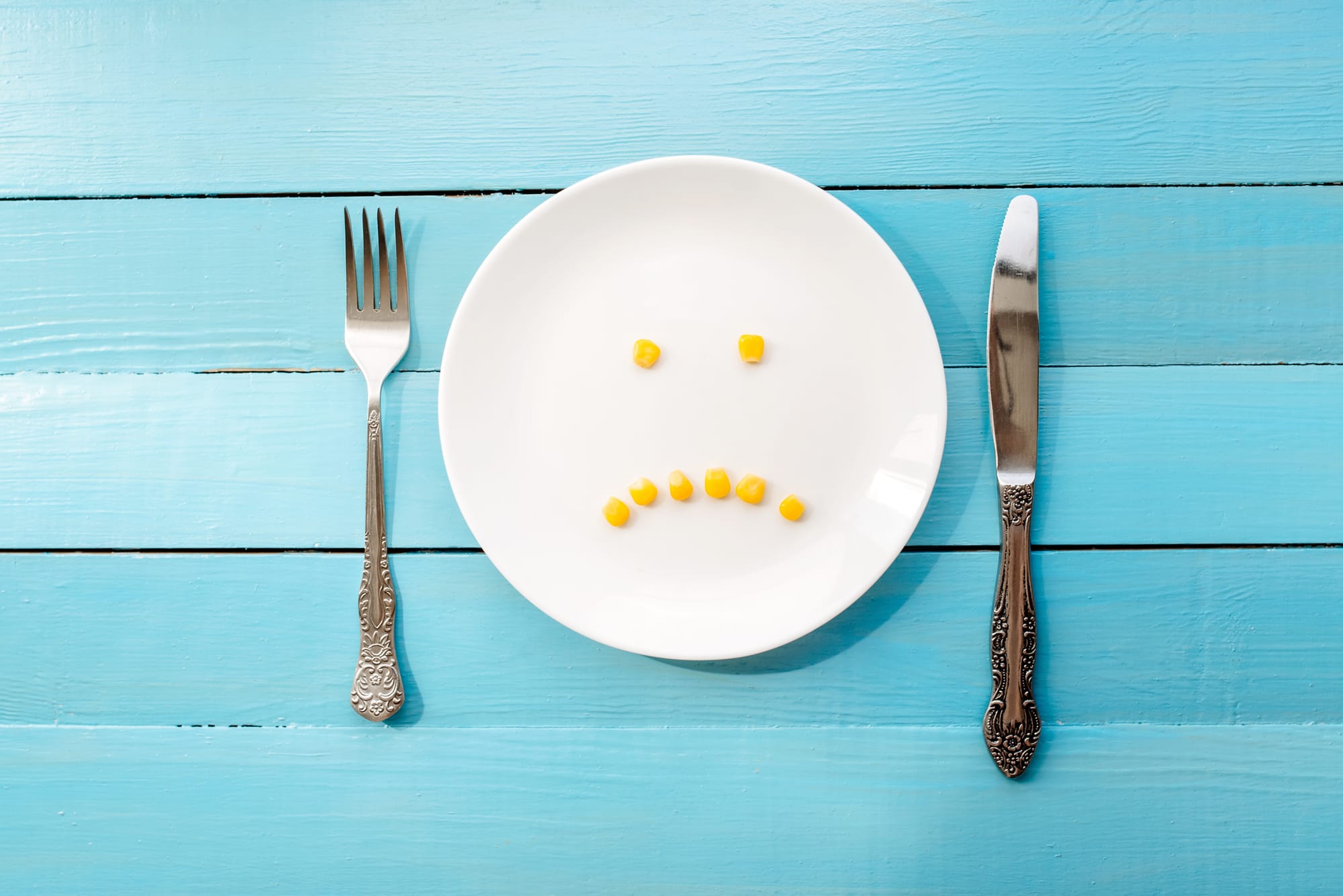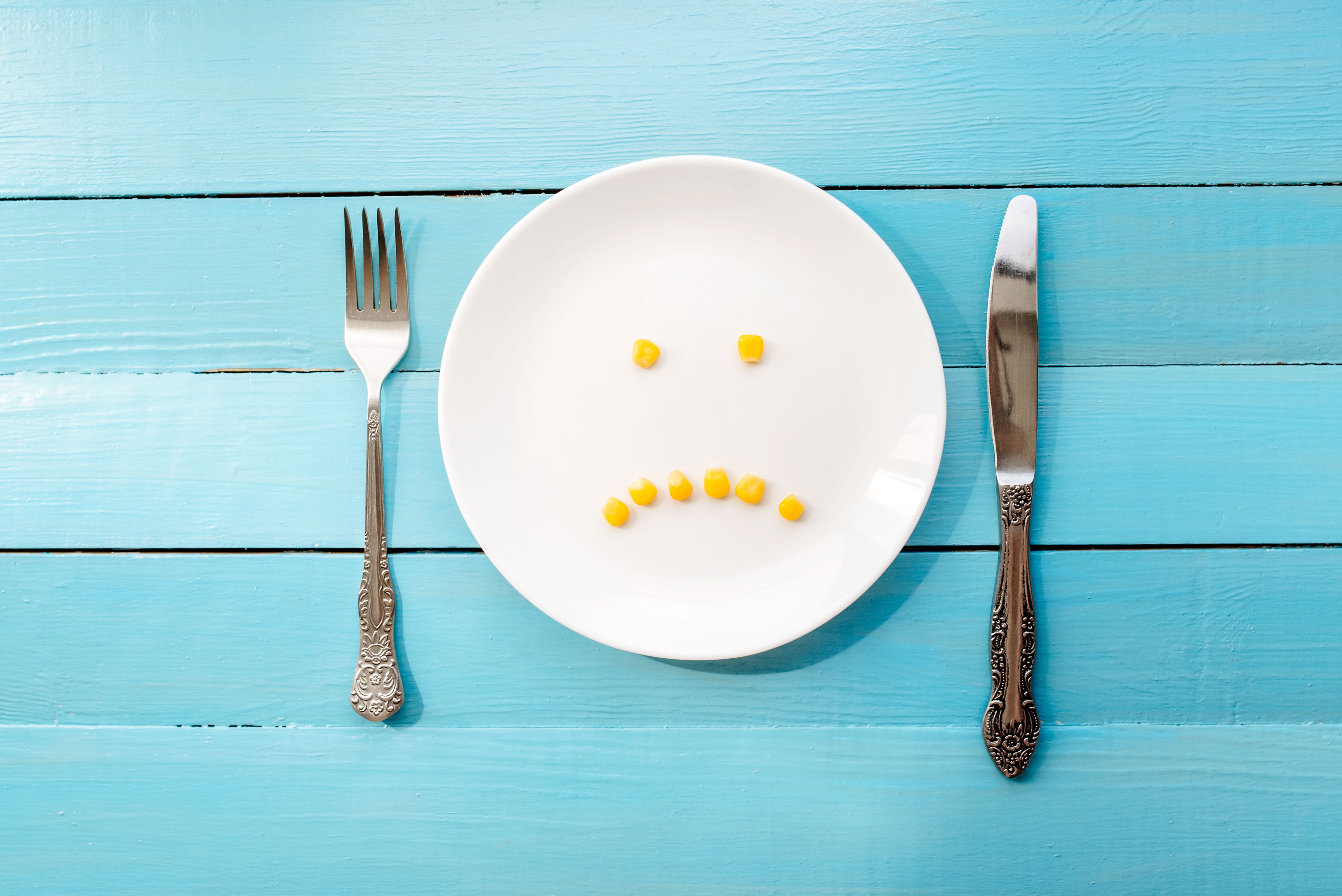Hunger Problem In America


How big is the hunger problem in America? According to the Census, in 2021, nearly 38 million people lived in poverty A recent report from the Census Pulse Survey in August 2022 showed an upward trend in hunger, with 12.1 million families with kids reporting not having enough to eat, compared to 9.7 million in December 2021
- 1 in 3 people who are food insecure are unlikely to qualify for SNAP, the nation’s largest food assistance program
- 17 million children in the United States are food insecure
- 53 million people turned to food programs in 2021
- 100% of U.S. counties have food insecurity
- Households in rural areas experienced deeper struggles with hunger compared to those in metro areas, with higher rates of food insecurity overall (10.8 percent in rural areas compared to 10.1 percent in metro areas).
- 1 in 8 Americans rely on food banks
- Although hunger affects every community in the United States, some groups of people are more vulnerable than others. African Americans are two times more likely to be food insecure than white, non-Hispanic households. Senior citizens are the fastest-growing food insecure population in the United States. One in 4 veterans of the Iraq and Afghanistan wars is food insecure. And a growing body of research shows that the number of college students facing hunger is skyrocketing.
- 9 million older Americans are unsure of where they will find their next meal.
- 60% of older adult households have to choose between paying for food or utilities; 49% must choose between groceries and housing, and 63% are forced to make an impossible decision between food and medical care.
- 48% of college students in America are food insecure.
- Children who experience food insecurity are at a higher risk of developing asthma, struggling with anxiety or depression, and performing poorly in school or physical activities
- People of color are disproportionately affected by higher risk of hunger. 22.5% of Black households and 18.5% of Latinx/Hispanic households experienced food insecurity in 2018.
- Some Native American communities see over 90% food insecurity rates
- As many as 25% of veterans face food insecurity
If you’re hungry now:
Call 211 to find agencies and community organizations that can assist you with finding food in an emergency. United Way 211 is a phone, app, and email service that can connect you with local food assistance programs. To check if United Way 211 operates in your area, visit their homepage and enter your zip code, city, or state in the required boxes. Call the USDA National Hunger Hotline at 1-866-3-HUNGRY (1-866-348-6479) or 1-877-8-HAMBRE (1-877-842-6273). Information is available in English and Spanish. The hotline operates Monday through Friday, 7:00 AM to 10:00 PM Eastern Time. Feeding America Food Bank Finder https://www.feedingamerica.org/need-help-find-food Enter your zip code to find the food bank partnering with Feeding America. They'll share the locations and hours of nearby food distributions. Food banks distribute meals and surplus food to those in need—over 4 billion meals each year. Some food banks also run a School Pantry Program, which provides fresh produce, shelf-stable items, grains, and proteins to low-income families. FoodFinder.us is an easy-to-use website that is also available as an app for Apple or Android devices. On a smaller scale, many neighborhoods have a food pantry nearby, with houses of worship, community organizations, or other neighbors collecting food donations for families that need it. All you need to do is type in your ZIP code to see food pantries in your neighborhood. Click on a food pantry to view their phone number, hours of operation, areas serviced, and a link for directions.No Kid Hungry Free Meal Finder. No Kid Hungry runs a Free Meal Finder to help families find local programs that provide free meals for children. Keep in mind, however, that due to the COVID-19 pandemic, some programs listed may have restricted their hours or food options. Call ahead using the phone number in the meal finder’s listing to get the most up-to-date information. BenefitsCheckUp.org is a free online service of the National Council on Aging designed to help seniors. Just answer a few simple questions and you will receive a personalized report listing the programs near you that you may be eligible for, program details, and how to apply in your area. This includes information about programs that can help you pay for medications, health care, utilities, and more. The Emergency Food Assistance Program (TEFAP)-If you need food assistance due to a sudden event, this program may be able to help. TEFAP provides emergency assistance to families in need with high-quality USDA foods that you can pick up at State Distributing Agencies. According to their website, you can apply for TEFAP by contacting your State Distributing Agency. Find Help With the USDA National Hunger Clearinghouse. The USDA’s National Hunger Clearinghouse can help people find food assistance near them. Operators at the USDA National Hunger Hotline take calls from 7AM to 10PM Eastern Time.You can access the clearinghouse by phone at 1-866-3-HUNGRY, or 1-877-8-HAMBRE for Spanish. From there, you can talk to a representative who will help you find meal sites, food banks, and social services. You can also text the Clearinghouse. Text 97779 with a question that contains a keyword like “food” or “summer” to get an automated response about resources near you. Federal food assistance programs that help people facing hunger in the United States.
Food Stamps (SNAP Food Benefits)
The Supplemental Nutrition Assistance Program (SNAP) is a federal nutrition program. Known previously as "food stamps," SNAP benefits can help you stretch your food budget if you have a low income.
WIC Nutrition Program for Women, Infants, and Children
This short-term program can help you get healthy food for yourself and your young children. Many low-income women and young children can get healthy food to add to their diet. It’s available through the Special Supplemental Nutrition Program for Women, Infants, and Children (WIC). WIC also offers nutrition counseling and referrals to health, welfare, and social services.
Free School Meals for Children
These programs can help you get healthy meals for your children at their school, childcare center, or after-school program. Children from qualified households with a low income can get healthy meals or milk.
- Two programs provide free or reduced-price meals at school: The National School Lunch Program The School Breakfast Program
- Schools that don't offer meal programs may provide milk to children at school.
- The Summer Food Service Program offers free breakfast and lunch over summer break.
Free Food Programs for Seniors
Two federally-sponsored programs aim to get nutritious foods to seniors with a low income. Most states offer these programs for seniors with a low income:
- Senior Farmers’ Market Nutrition Program - Provides coupons for fresh fruits, vegetables, honey, and herbs. Use them at farmers’ markets, roadside stands, and community farms.
- Commodity Supplemental Food Program - Provides a monthly package of healthy food